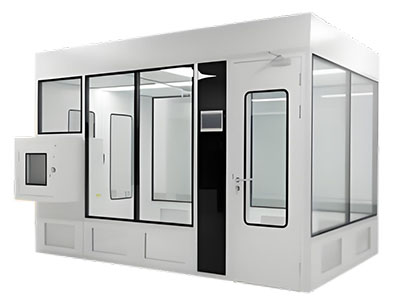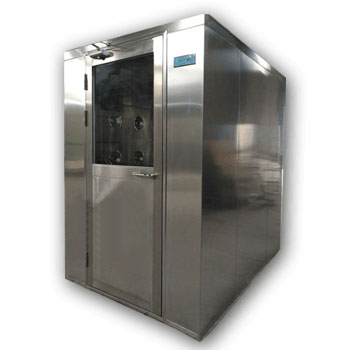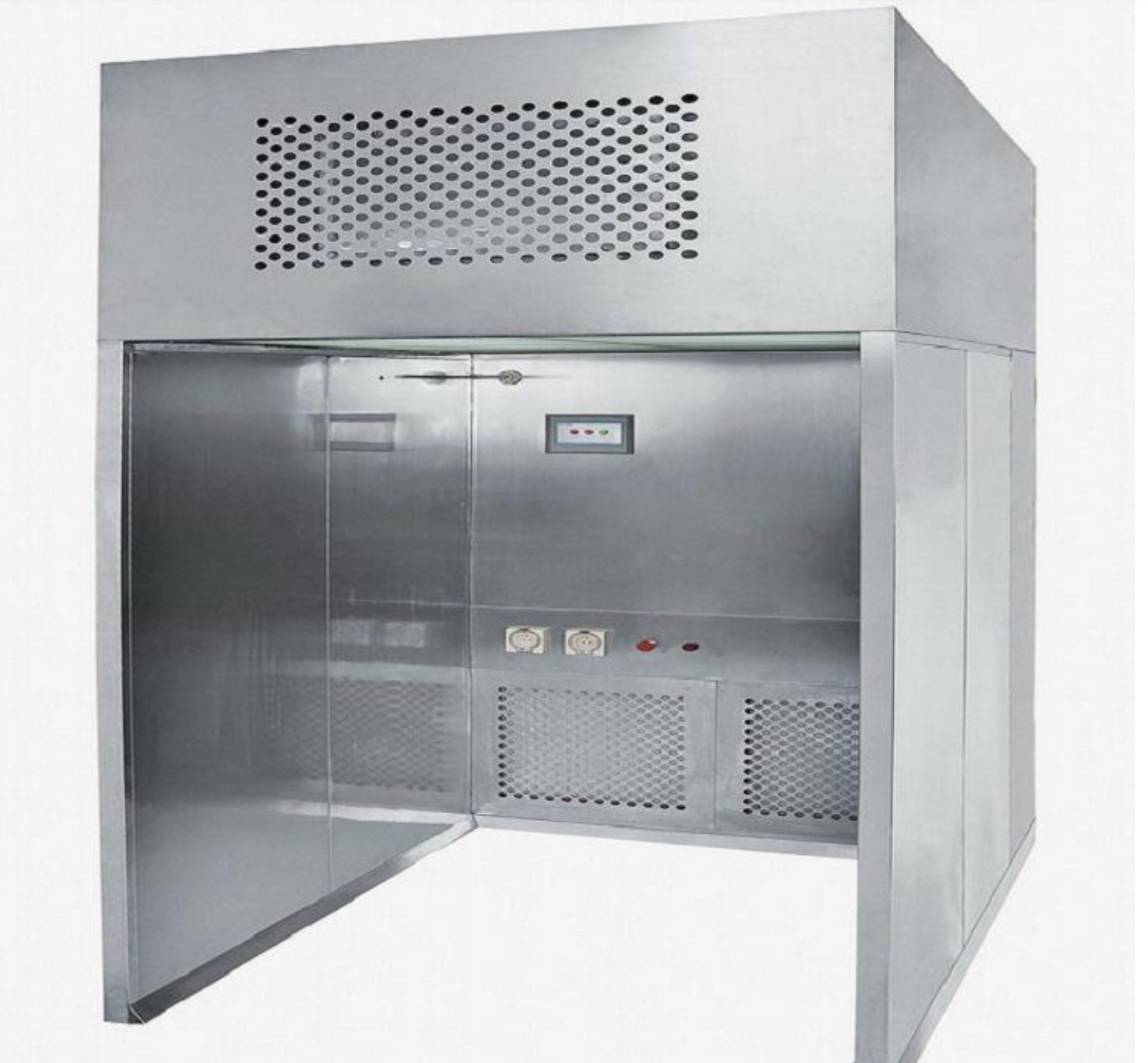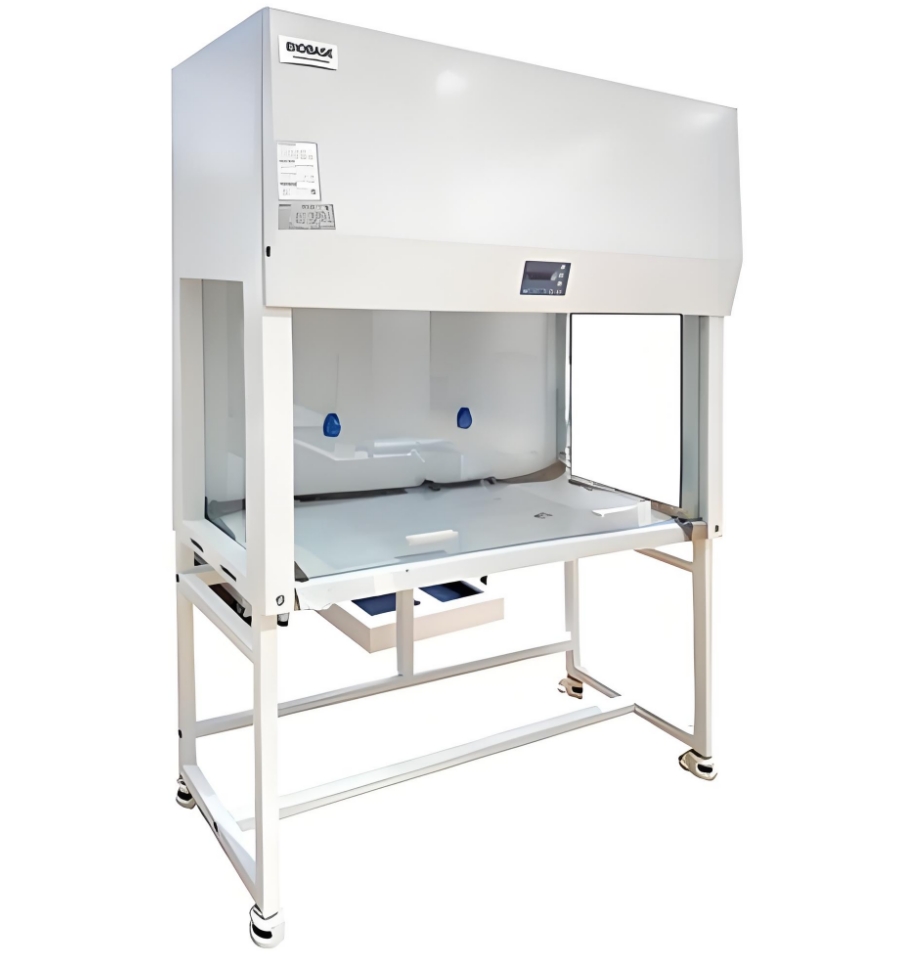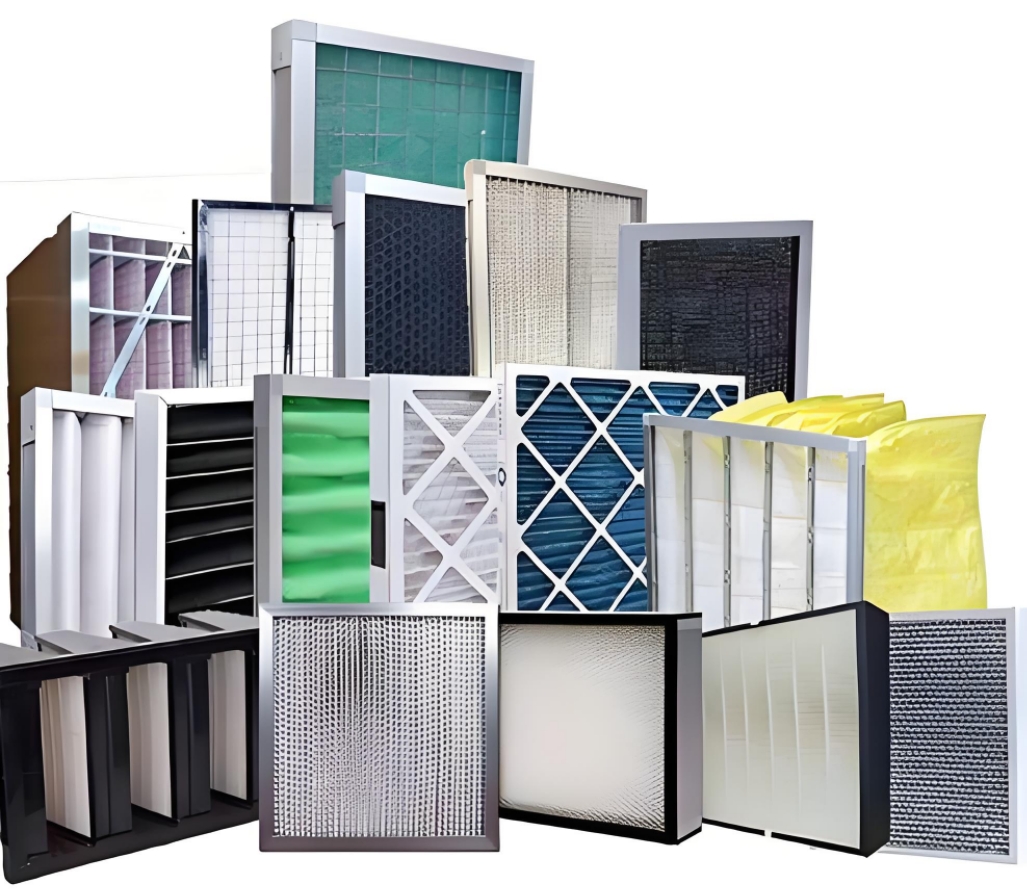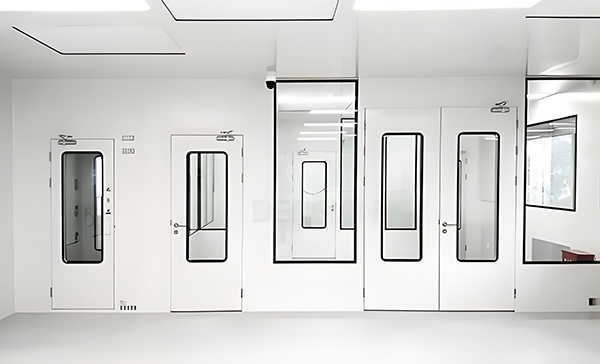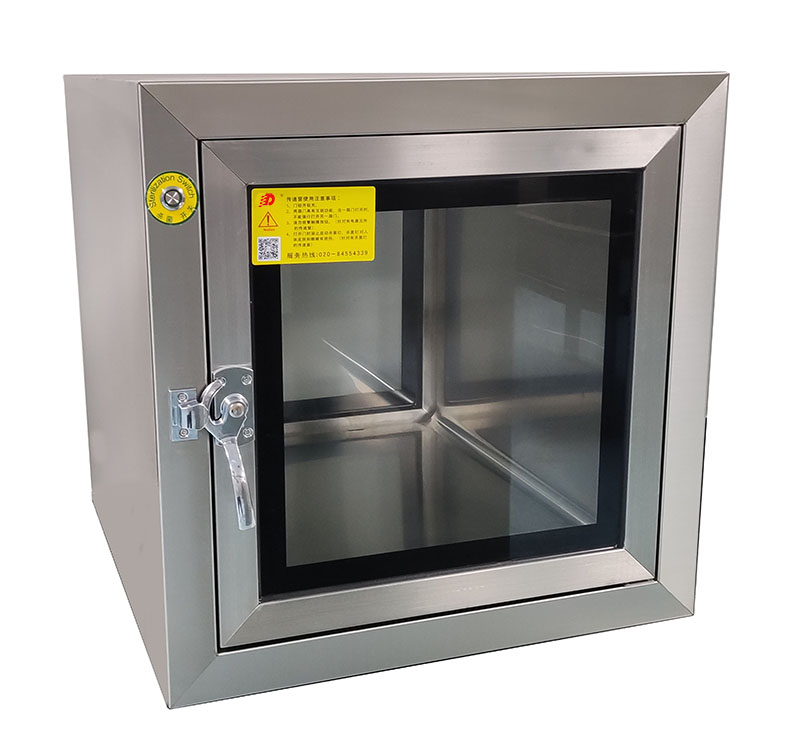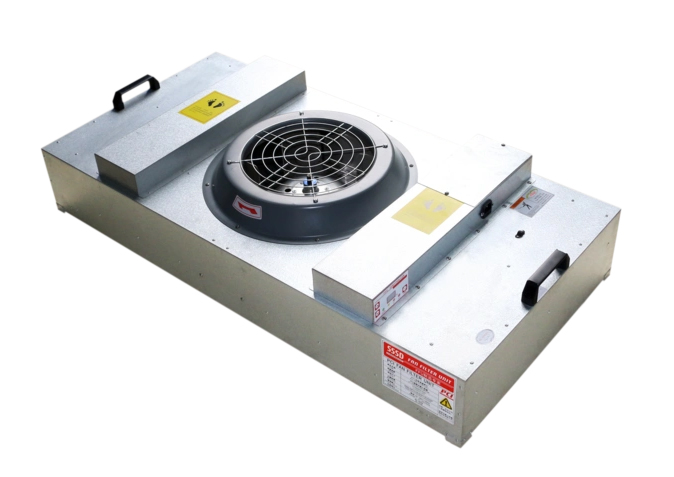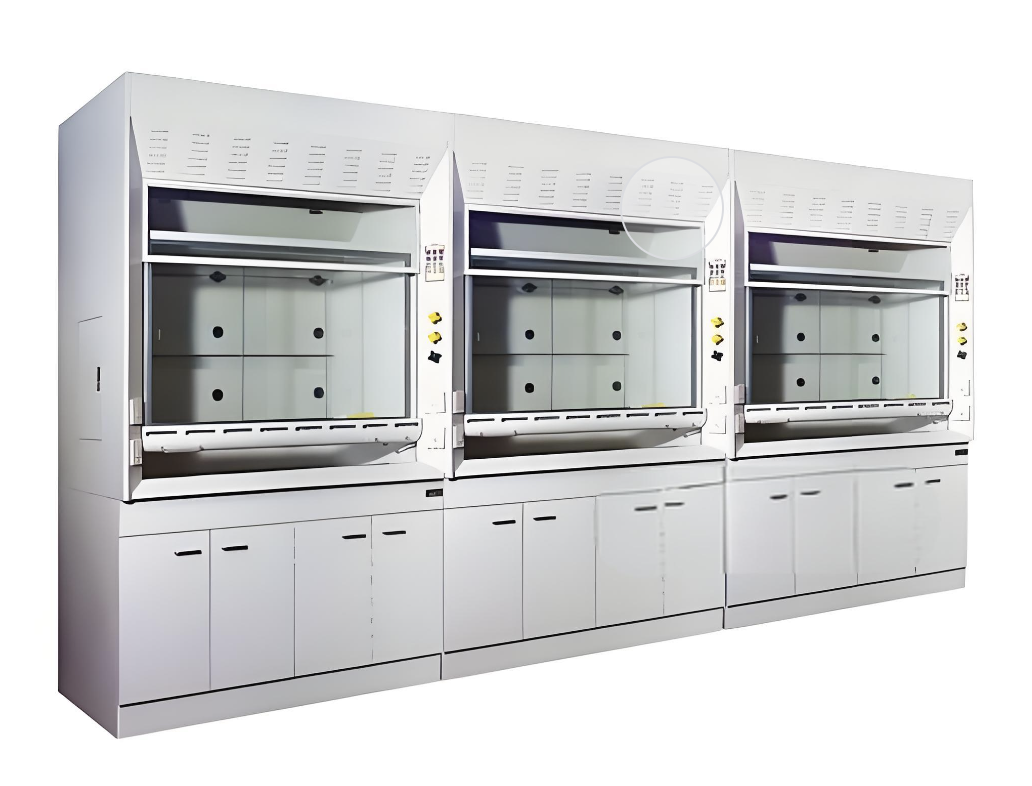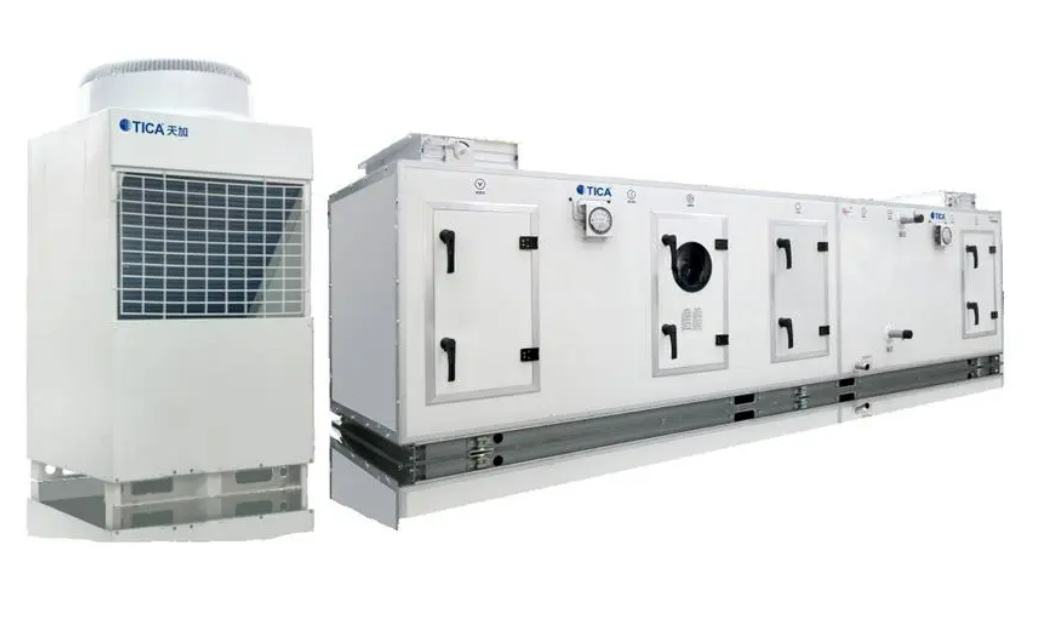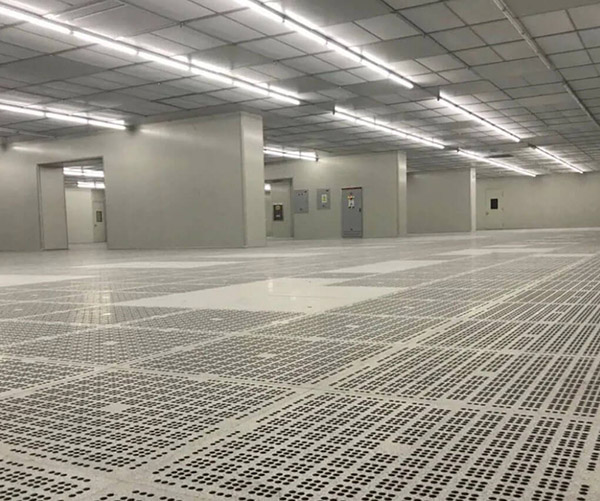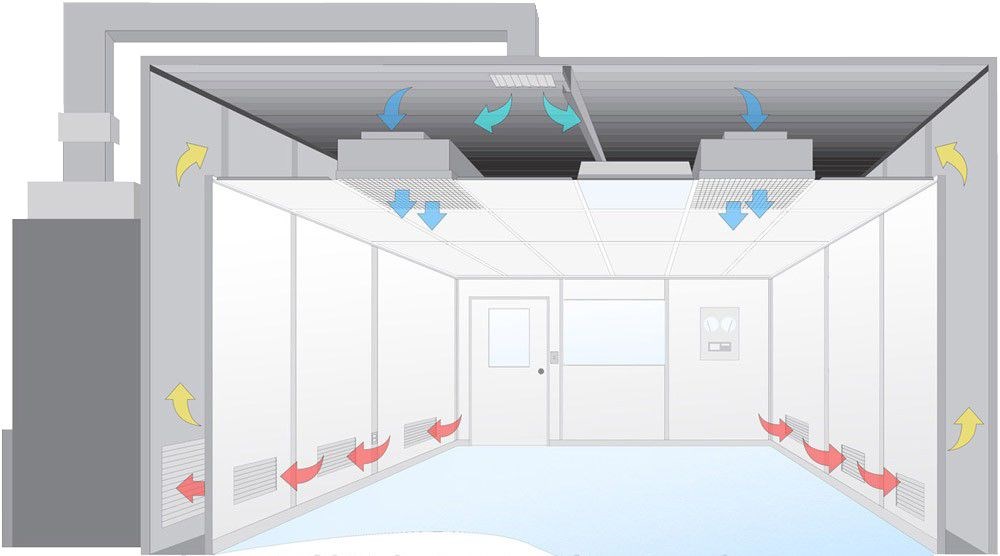1. How to control particles during cleanroom construction?
During cleanroom construction, particle control starts with proper zoning. Use temporary plastic curtains to separate construction areas from clean zones. Workers should wear appropriate PPE like coveralls and shoe covers. Negative air pressure in construction zones prevents particle migration, while HEPA-filtered air scrubbers capture airborne contaminants. Implement sticky mats at entry points and conduct frequent cleaning with approved vacuums. Most importantly, follow a phased construction plan to isolate completed clean areas.
2. What flooring is best for pharmaceutical cleanrooms?
For pharmaceutical cleanrooms, seamless epoxy flooring is the gold standard. It provides a non-porous, chemical-resistant surface that meets FDA and EU GMP requirements. Look for conductive or static-dissipative epoxy for areas needing ESD protection. Alternative options include polyurethane or methyl methacrylate (MMA) flooring, which offer excellent durability and cleanability. The flooring should have coved bases (6-12 inch radius) where walls meet floors to eliminate hard-to-clean corners.
3. How to validate cleanroom airflow balance?
Cleanroom airflow validation requires smoke tests and anemometer measurements at multiple points. First, verify air changes per hour meet ISO class requirements (e.g., 15-20 ACH for ISO 7). Check unidirectional flow patterns in critical zones using smoke pencils. Measure velocity at face of HEPA filters (typically 90±20 fpm for vertical flow). Perform particle counts under operational conditions. Document pressure differentials between adjacent areas (usually 0.02-0.05" water gauge). Revalidate whenever modifying HVAC systems or room layouts.
4. How to minimize vibration in iso cleanrooms?
To reduce vibration in iso cleanrooms, start with isolated concrete slabs (8-12" thick) for sensitive equipment areas. Use spring isolators or inertia bases for HVAC equipment. For microscopy or metrology areas, install active vibration cancellation systems. Keep high-vibration equipment like compressors in separate mechanical rooms. Anti-vibration pads under workstations and floating floor systems (like raised access floors with damping layers) further minimize disturbances. Regularly check equipment alignment to prevent imbalance.
5. How to prevent cleanroom electrostatic damage?
Prevent ESD damage by maintaining 40-60% RH, as dry air increases static risks. Use conductive flooring (10^6-10^9 ohms) with grounded workstations. Require static-dissipative garments and wrist straps for personnel. Ionizers neutralize charges near sensitive components. All equipment should have proper grounding, including carts and chairs. Avoid common static generators like vinyl notebooks or plastic bags. Regular surface resistance testing ensures continued protection, especially in Electronics or pharmaceutical cleanrooms handling sensitive powders.
6. What wall materials meet FDA GMP Standards?
FDA GMP-compliant Cleanroom walls typically use non-shedding materials like fiberglass-reinforced plastic (FRP) panels or antimicrobial PVC. Stainless steel (304 or 316 grade) is ideal for high-hygiene areas. All surfaces must be smooth, seamless, and withstand frequent cleaning with disinfectants. Look for NSF-certified materials with documented cleanability testing. Critical are coving at wall-floor junctions and sealed penetrations. For modular systems, ensure gasketed panels meet USP
7. How to reduce cleanroom energy costs?
Cut cleanroom energy use by optimizing airflow (right-sizing HEPA coverage), installing variable frequency drives (VFDs) on fans, and using energy recovery wheels on exhaust air. LED lighting with motion sensors reduces heat load. Implement occupancy-based HVAC setbacks in non-production hours. Regular filter maintenance (cleaning pre-filters) maintains efficiency. Consider localized laminar flow hoods instead of full-room ISO 5 coverage where possible. Submetering identifies energy hogs - often old chillers or leaky compressed air systems.
8. How often to replace HEPA filters?
HEPA filters typically last 5-10 years, but replacement depends on pressure drop measurements (replace when reaching 2x initial ΔP). Annual particle testing verifies integrity. More frequent changes (2-5 years) may be needed in chemical-heavy environments or with poor pre-filtration. Always replace after construction nearby or if damaged during maintenance. Keep spares on hand - sudden failures can shut down operations. Document all changes per ISO 14644-3 requirements, including pre- and post-installation testing.
Expert Team
Design: Deiiang Jason.Peng(12 yrs ISO cleanroom experience)
Testing: Deiiang Joebo.Wang (IAS Accredited)
Solutions: www.deiiang.com/gmp-cleanrooms
Answers comply with ISO 14644/GB 50472. GCC®️ & Deii®️ are registered trademarks.
 +86 18186671616
+86 18186671616 Jason@cleanroomequips.com
Jason@cleanroomequips.com
 MENU
MENU

